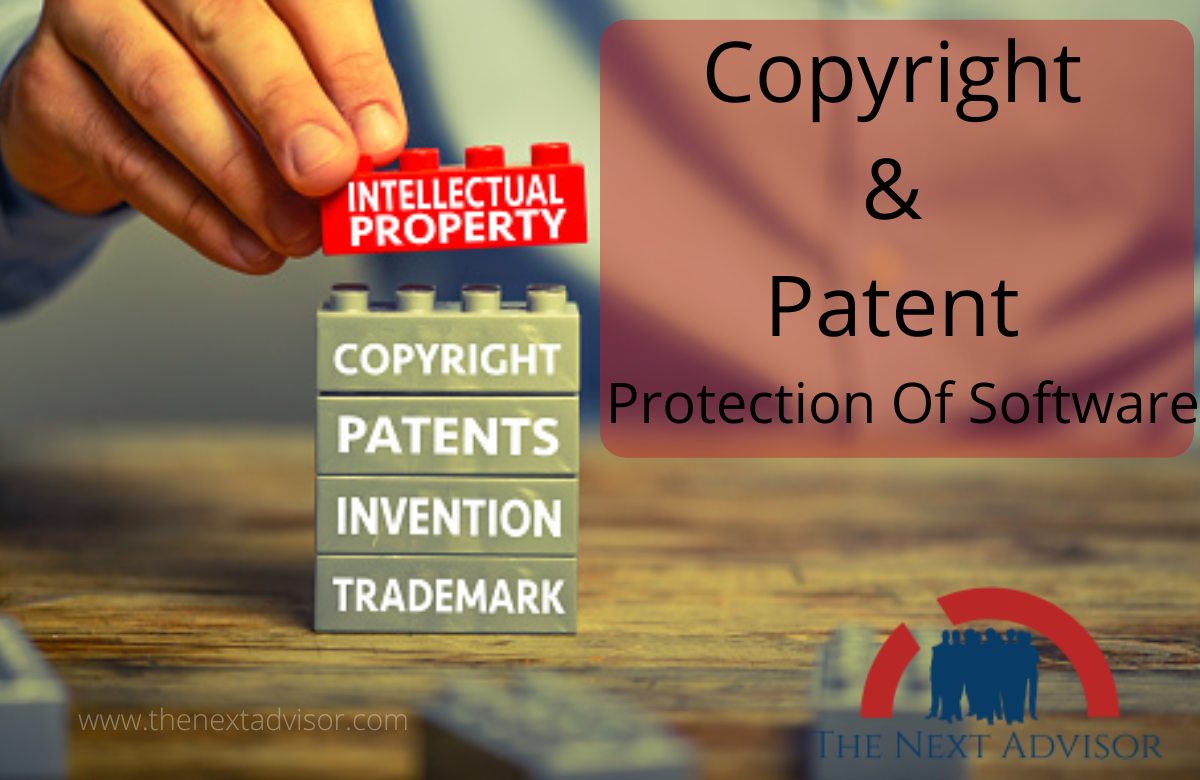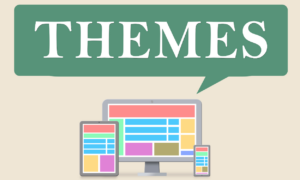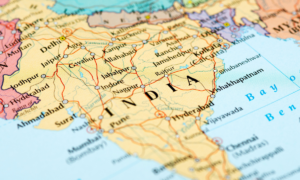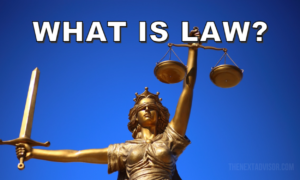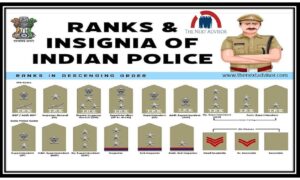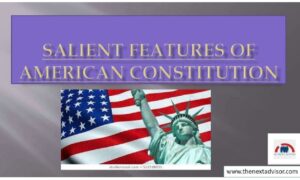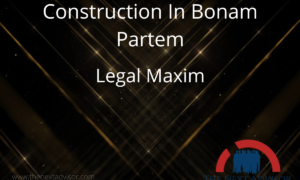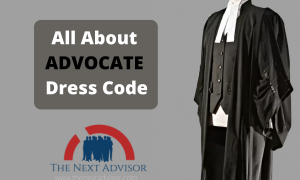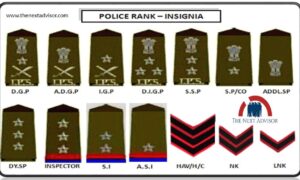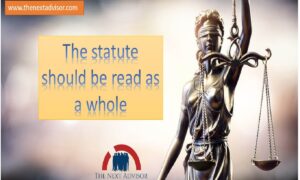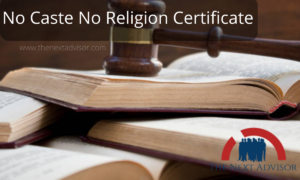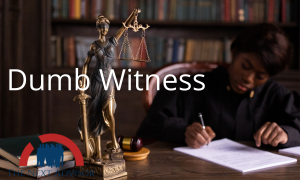INTRODUCTION of Copyright & Patent Protection Of Software
Copyright & Patent Protection Of Software in this topic copyright and patent is the common terms. Software, in its most general sense, is a set of instructions or programs instructing a computer to do specific tasks. With the beginning of the digital era, every transaction or work has been made more simple and easy access to all the required information and platforms for making the communication.
Computers have become one of the essences of life and almost every work which consumed human time has been reduced to minimum time pursuant to new software which helps humans by eradicating various routine tasks, improving efficiency and more effective interaction between the parties. Considering the important and effective nature of the product ( i.e. software ), it is now a question to determine the possible protections for the Software.
COPYRIGHT PROTECTION (Copyright & Patent Protection Of Software)
Software Copyright Protection The programmer ( s ) invest time and effort in developing software. As the main purpose of the software is to make processes easy, therefore it is important to value the creation and protect such software in the name of the owner of the work.
Section 2 ( ffc ) of the Copyright Act 1957 defines ” computer programme ” as ” a set of instructions expressed in words, codes, schemes or in any other form, including a machine-readable medium, capable of causing a computer to perform a particular task or achieve a particular result “, read with section 2 ( o ) of the Copyright Act which defines ” literary works ” includes computer programmes, tables and compilations including computer databases . “, protects software or computer programmes as ” Software work ” under ” Literary works ” as per the Copyright law of India.
Copyright protects the expression of the author and therefore the copyright in the software will protect the creativity in the code functions that the software performs on the computer. Where an application for software is filed with the copyright office, the applicant is also required to provide a copy of the source code and object code, which is the protected expression of the applicant.
Copyright protects the expression of the author and therefore the copyright in the software will protect the creativity in the code functions that the software performs on the computer. Where an application for software is filed with the copyright office, the applicant is also required to provide a copy of the source code and object code, which is the protected expression of the applicant.
The copyright law of India is prepared with the intention to promote creativity and generate more original works for the overall development of society and the nation. Software protection under Indian law is a fairly simple process, all you need is a duly filed copyright application along with copies of work ( source code and object code ) in its programming language and machine-readable format ( not written or text form ).
Under rule 70 ( 5 ) Copyright Rules 2013, the requirement is mentioned as ” Every application for registration of a computer programme shall be accompanied by the source and object code. “
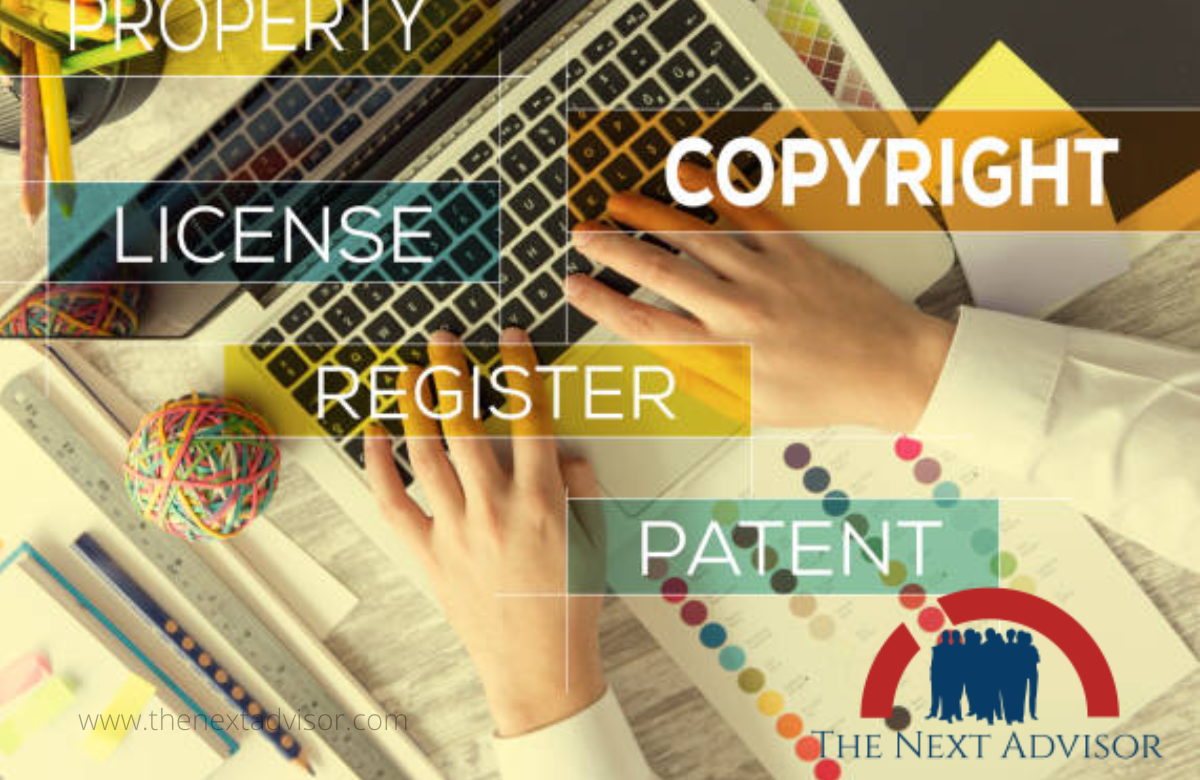
Copyright & Patent Protection Of Software
PATENT PROTECTION
Software or computer programmes are per se not protectable as Patentable subject matter. However, there can be certain exceptional situations wherein the computer programmes or software may qualify as patentable.
In order to claim a patent for software work, one must show the following important determining factors :
▪ The invention must consist of patentable subject matter ;
▪ The invention must be capable of industrial application;
▪ It must be new ( novel ) ;
▪ It must involve an inventive step ( be non-obvious); and
▪ The disclosure of the invention in the patent application must meet certain formal and substantive standards.
PATENT PROTECTION
Section 2 ( 1 ) ( 1 ) of the Patents Act 1970, states that ‘ new invention ‘ means any invention or technology which has not been anticipated by publication in any document or used in the country or elsewhere in the world before the date of filing of a patent application with complete specification, i.e., the subject matter has not fallen in the public domain or that it does not form part of the state of the art.
However, section 3 ( k ) of the Patents Act 1970 states that ” a mathematical or business method or a computer programme per se or algorithms ” are not inventions and therefore not patentable.
The intention of legislature attached with the use of words ” per se ” was elaborated vide Report of the Joint Committee ( Presented to the Rajya Sabha on the 19th December 2001 ) stating that ” This change has been proposed because sometimes the computer programme may include certain other things, ancillary thereto or developed thereon. The intention here is not to reject them for grant of the patent if they are inventions. However, the computer programmes as such are not intended to be granted patent.
Irrespective of the explanation provided by the Parliament, it can still be said that the interpretation of section 3 ( k ) of the Patents Act 1970, is not to consider all software for patent protection, however, the genuine cases where the software stands tall on all criteria for patentability, then such software must be granted patent.
The strict check on software patent applications is necessary as the patent protection protects the idea of the patent and therefore, it may lead to restricting the creativity with the patented idea. Therefore, if the software can be protected under the patents regime if it has a ” technical effect “.
Further, since Patents Act 1970 includes computer programmes under the list of non – patentable subject matter, therefore in order to make the software patentable then the following parameters are to be ensured :
▪ INVENTION: Invention is related to computers where software is essential and gives a technical effect; AND
▪ SOMETHING MORE: That the invention is more than a mere technical effect by software, i.e. there is a tangible element which interacts with the software and thus making the set of software and tangible element a software.
CONCLUSION of Copyright & Patent Protection Of Software
Software or computer programmes are mainly copyright subject matter, however, if the conditions for patentability are satisfied then the computer programme may be protected as Patents. Even though a Patent gives better protection over the use of the work, however, copyright is the first right of the software, which is automatic once the work is created. Unless the owner is able to satisfy the conditions of the patent, the software so created ( if original creation ) will be protected under the Copyright laws.

